The Animals
Green Winged Macaw
General Info
Common Name: Green-winged Macaw
Scientific Name: Ara chloropterus
Physical Appearance: Males and females are sexually monomorphic. Plumage is dark red in general with green middle wing coverts, scapulars, and tertiary feathers. Their back, rump, and tail have coverts of blue. Beak is a mix of black and whiteish coloration. Cheek-patch is white with evident red lines of feathers.
Length/Weight: 68-95 cm. long (including tail) with a 102-125 cm. wingspan, 1,050-1,700 gms.
Lifespan: Can live 35-40 years in the wild. 60-80 years in captivity.
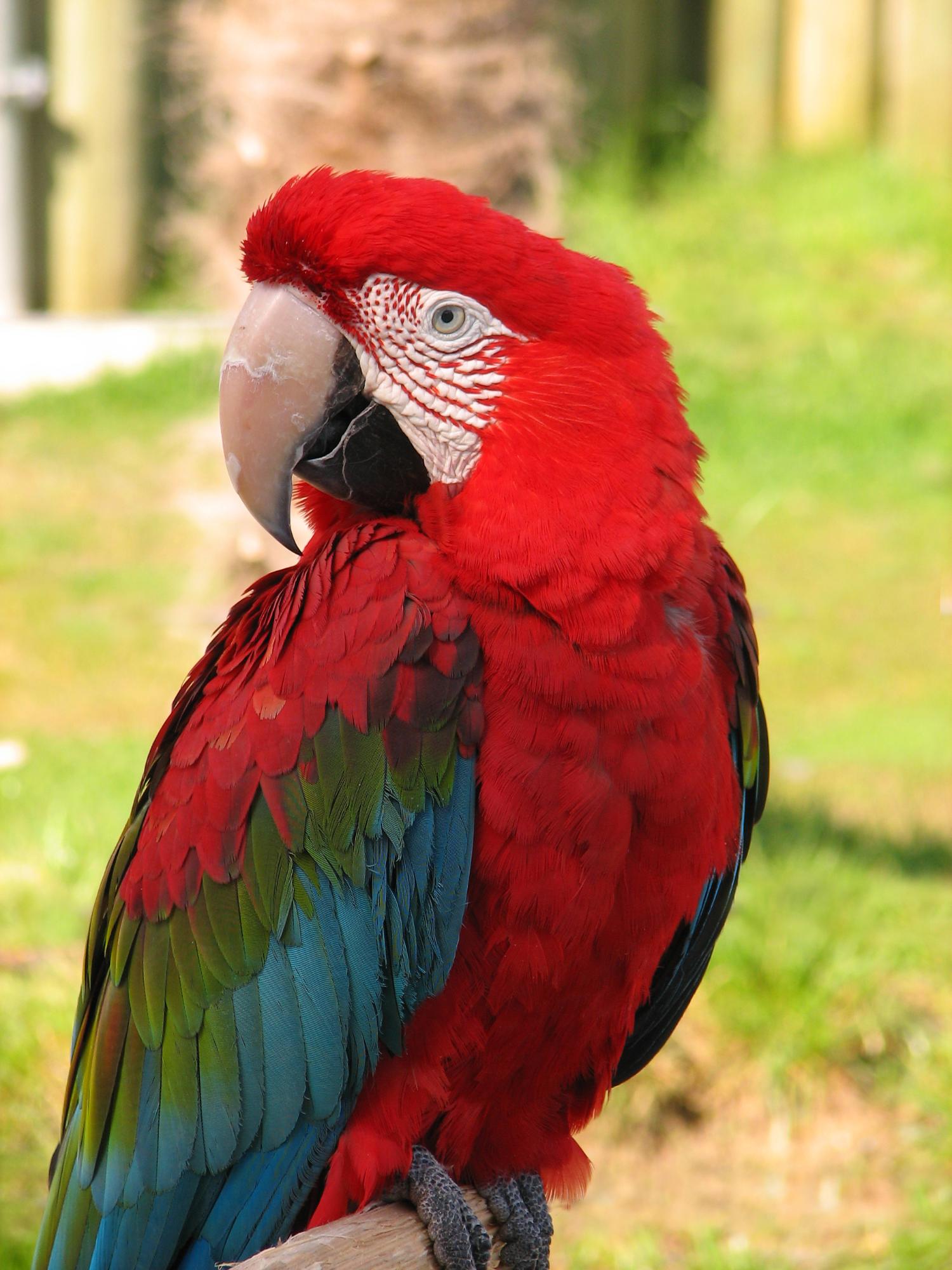
Environment
Range: Eastern Panama across a vast area of northern South America, to Bolivia, Paraguay, and most parts of Brazil.
Habitat: Throughout north and central South America, preferring humid, lowland rainforests. Open habitats and deciduous forests in southern part of their range. Found in the tropical zone of Columbia. Canopy region of the rainforests.
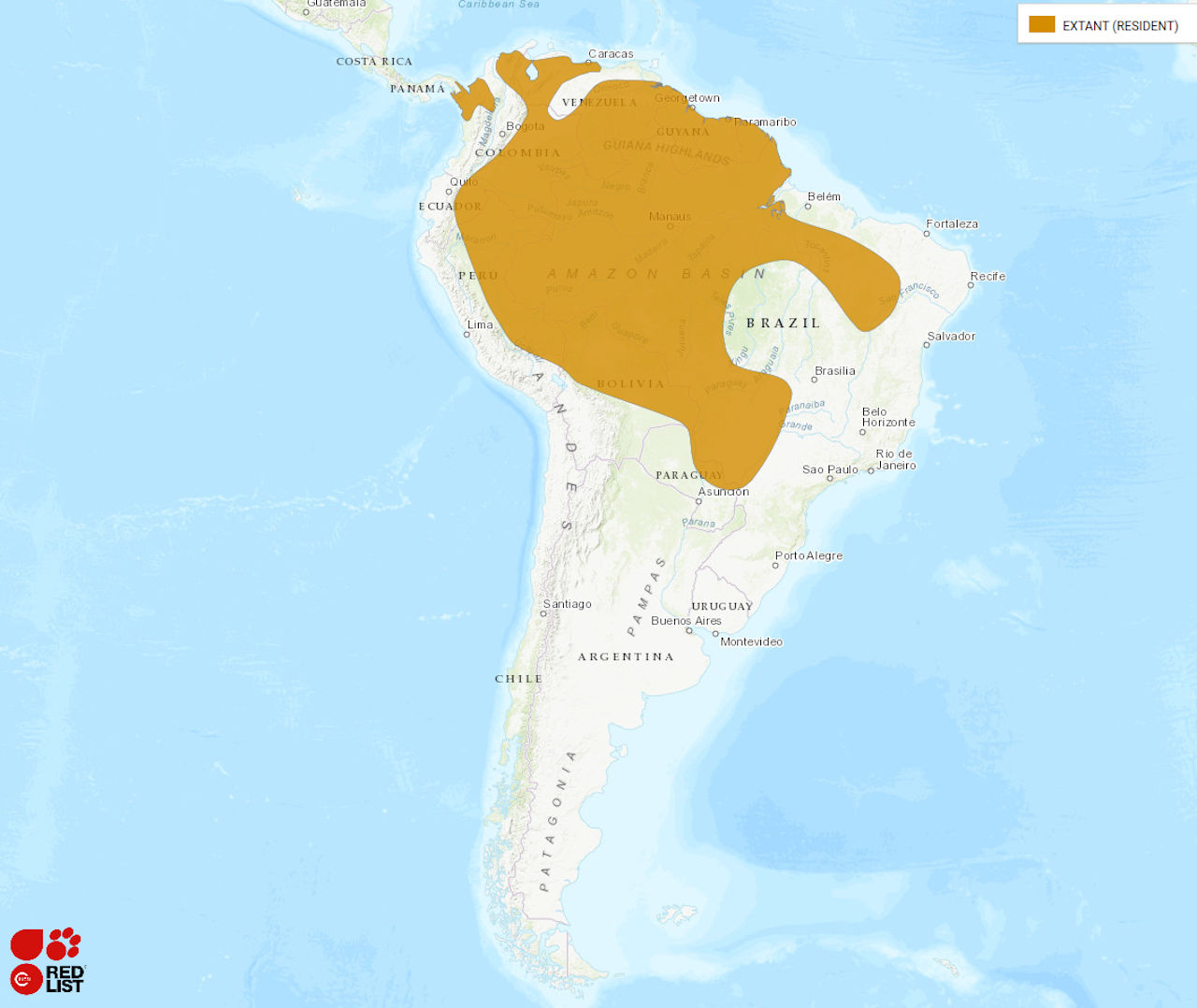
Diet
Fruits, berries, seeds, nuts, minerals for clay cliffs.
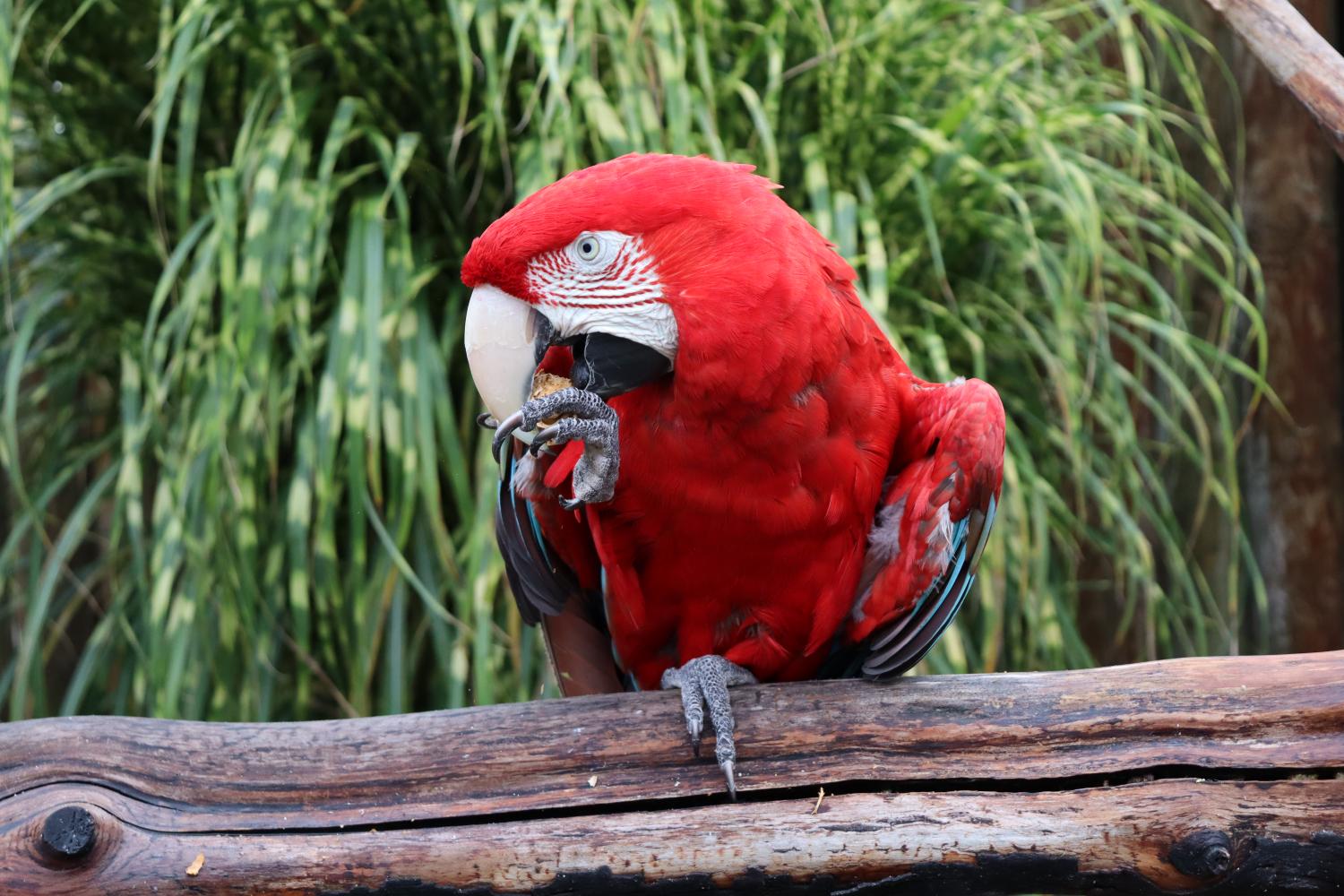
Reproduction
Builds nests in large tree cavities but also crevices in cliff faces. Breeding season November-April in Peru; January in central Brazil and December in Surinam. Clutch size 2-3 eggs. Incubation approximately 27 days with chicks fledging around 90-100 days
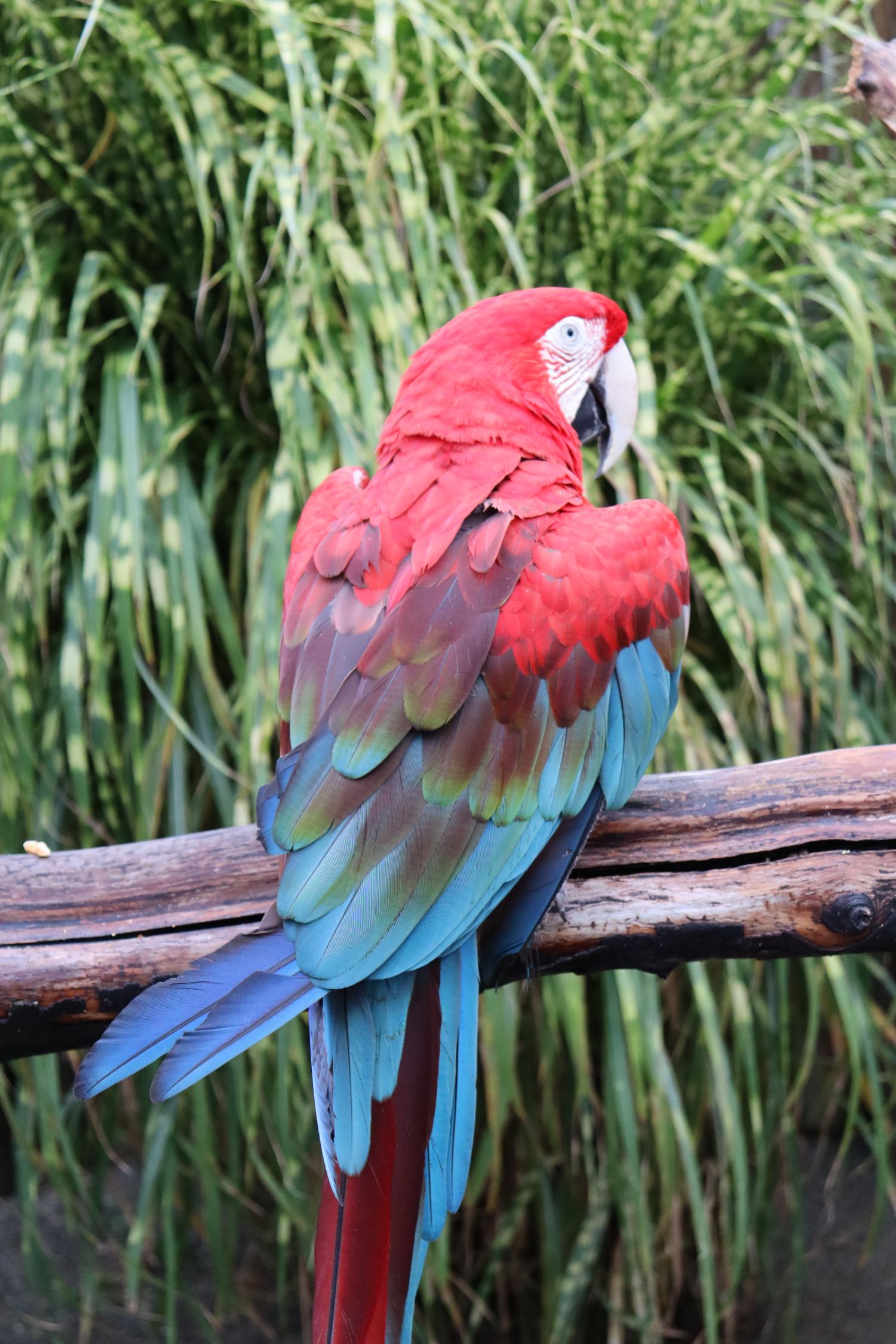
Conservation
Status:
Listed on IUCN: LEAST CONCERN
Population Trend: DECREASING
Efforts:
Main threats due to habitat loss, hunting, and unsustainable trapping for illegal pet-trade. Currently in-place protection over parts of range. Protected by CITES Appendix II – prohibits trade in wild-caught parrot species. Was reintroduced from captivity to Argentina into the Ibera Natural Reserve in 2015. Had been vacant from the area for over 200 years. The impact of ecotourism in current times has also been seen to aid in protecting Green-winged macaws in certain regions.
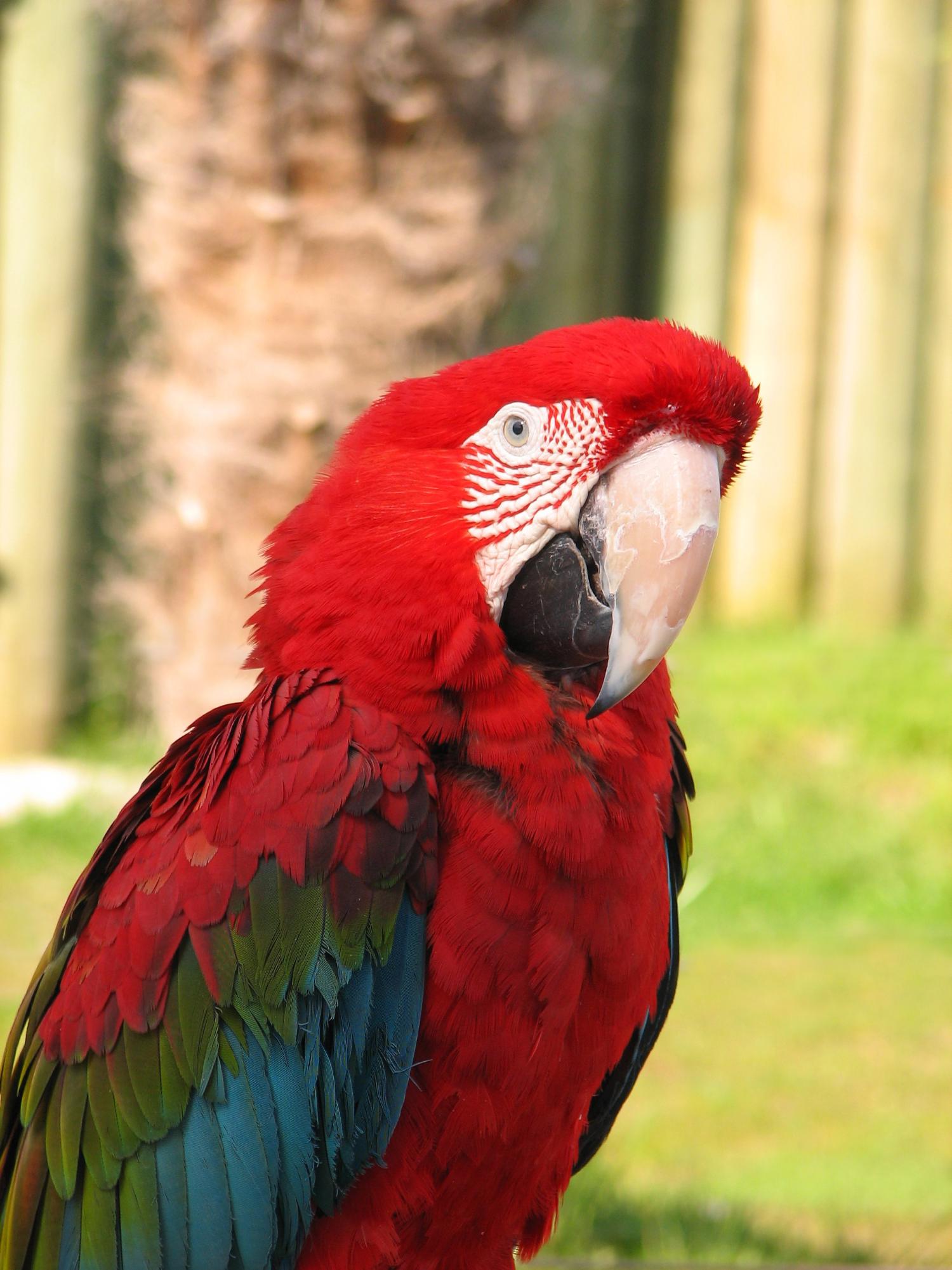
Important Facts
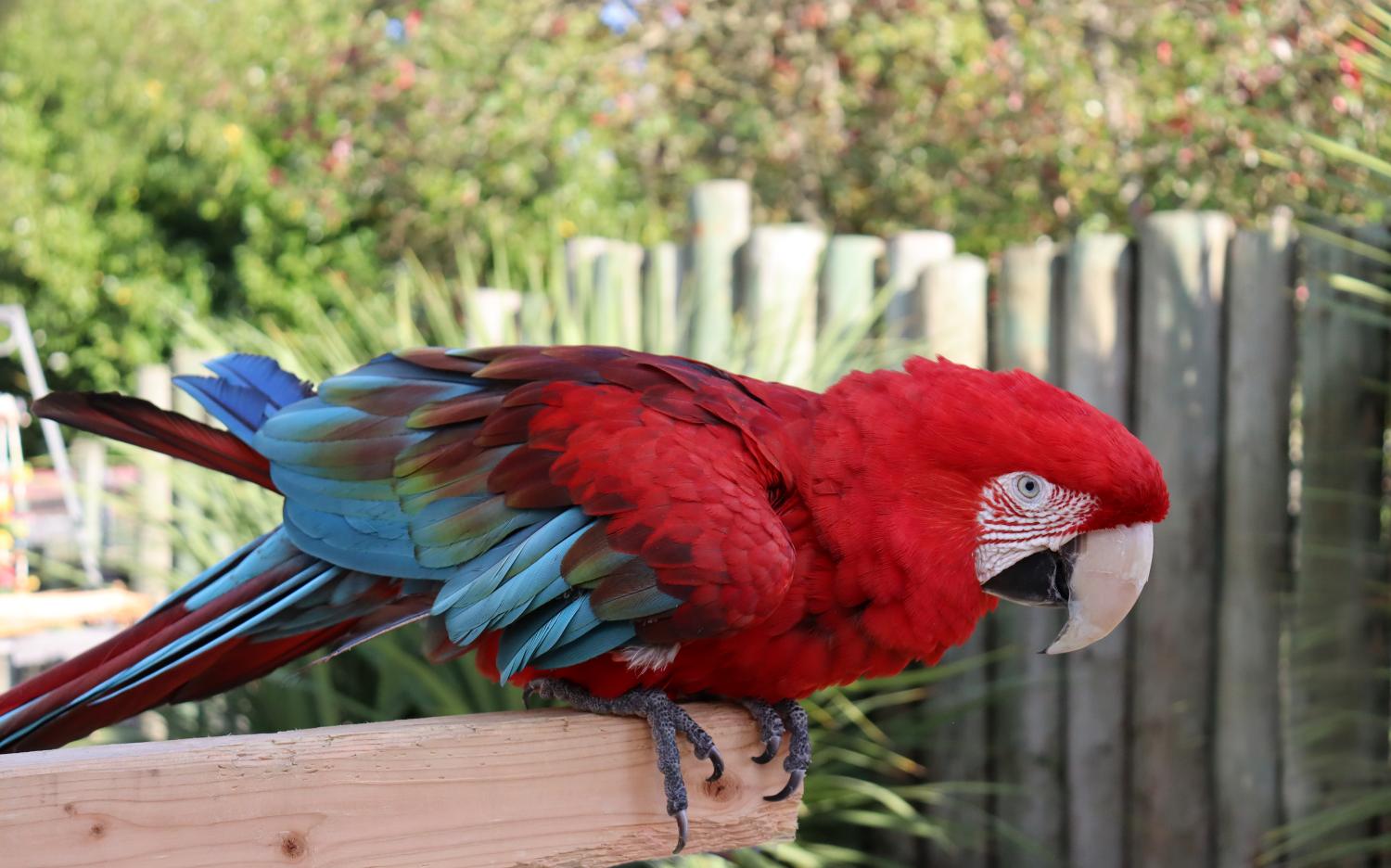
Second largest macaw species.
Originally thought consumed clay from clay cliffs to flush toxics from their systems obtained from eating certain foods. Recent research has found that the clay looks to be ingested to help augment a sodium-poor diet.
Often mistaken for the Scarlet Macaw species.
Sources:
IUCN: REDLIST
World Parrot Trust
BirdLife International
Birds of the World: The Cornell Lab of Ornithology
A Guide to Parrots of the World
Smithsonian’s National Zoo & Conservation Biology Institute
The Large Macaws



